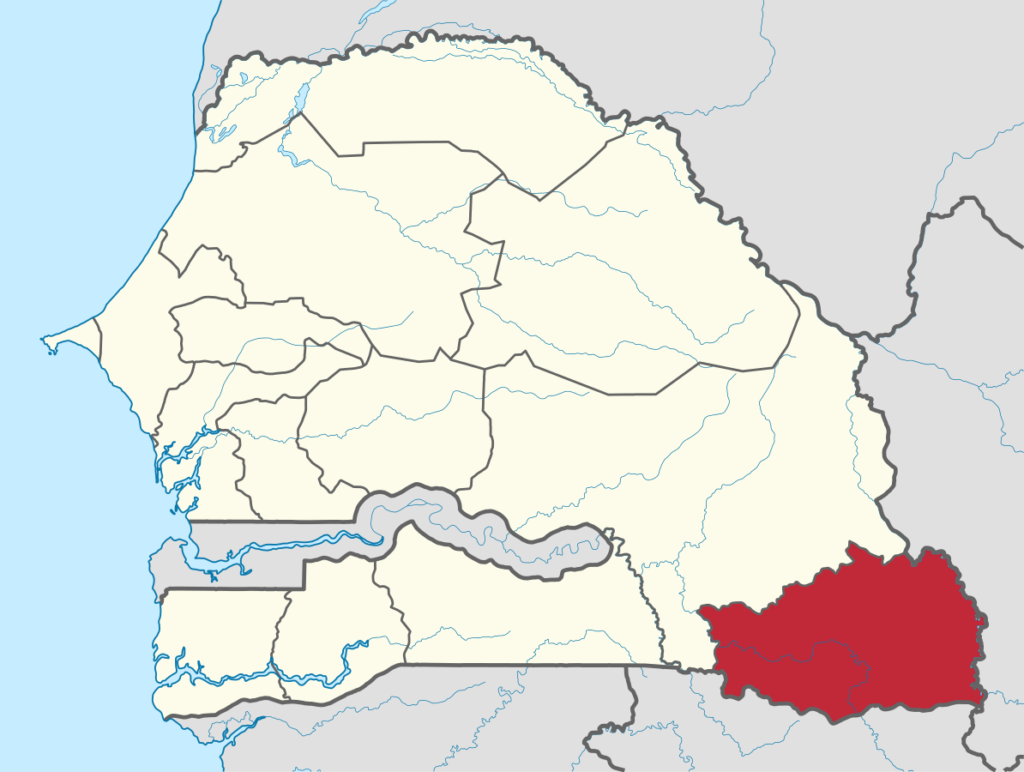Dynatrace integrates with all these tools and more, and adds its own high-fidelity data to create a single real-time entity model. A Kubernetes cluster is made up of nodes that run on containerized applications. The worker node hosts the docker what is it pods, while the control plane manages the worker nodes and pods in the cluster. Overall, effective container management is essential for realizing the benefits of containerization and ensuring the success of container-based applications.
Although it doesn’t provide automatic scaling, Docker Swarm does have a faster deployment time. Meanwhile, Docker uses multi-host networking, so you can choose an overlay network for your services. During initialization or updates, the Swarm Manager automatically assigns addresses to the containers in the network. Kubernetes controllers ensure applications and containers run as specified. This frees your engineers to focus on writing and improving code — not the infrastructure beneath it.
What Is Cloud Computing Architecture? Key Components
Although Docker Swarm and Kubernetes both approach container orchestration a little differently, they face the same challenges. A modern application can consist of dozens to hundreds of containerized microservices that need to work together smoothly. Hold this thought for a minute and visualize all these containers and nodes in your mind. It becomes immediately clear there must be a number of mechanisms in place to coordinate such a distributed system. These mechanisms are often compared to a conductor directing an orchestra to perform elaborate symphonies and juicy operas for our enjoyment. Trust me, orchestrating containers is more like herding cats than working with disciplined musicians (some claim it’s like herding Schrödinger’s cats).
Furthermore, Docker containers are system-independent and can run on any environment that supports the Docker Engine, making migration hassle-free. Kubernetes can make Docker containers more resilient by tracking the state of each node in a cluster. It automatically restarts, replaces failed nodes, and kills unresponsive nodes that don’t pass health checks. However, “one versus the other” underscores the importance of understanding the two. This article will explore these questions to help you understand where each tool fits into your development process. Docker Desktop employs cri-dockerd to share the image cache between Docker Engine and Kubernetes, allowing immediate testing of locally built images without the need to push them to a registry first.
Build Kubernetes-ready applications on your desktop
Contact an expert today to find the perfect balance of collaboration, security, and support with a Docker subscription. Using Docker Scout for Kubernetes development extends the visibility and remediation recommendations to later stages of the development process. Just as people use Xerox as shorthand for paper copies and say “Google” instead of internet search, Docker has become synonymous with containers.
Organizations can use containers to reduce engineering costs, speed up deployments, develop and test AI models, and automate more processes. Docker can reduce deployment time down to seconds and ensures that you never have to waste time. With Docker Swarm you get consistent environments from development to production. The ability for Docker containers to run on multi-cloud platforms is incredibly useful and is ideal for businesses that work with a number of cloud solutions.
Platform
It provides an intuitive interface and excellent containerization capabilities. On the other hand, Kubernetes shines in complex, multi-node production environments where scalability, resilience, and advanced orchestration features are required. Kubernetes changed how we develop and deploy containerized applications, providing a powerful orchestration platform that automates tasks such as scaling, load balancing, and self-healing.
This allows containers to be lightweight and fast, while still providing the isolation and security needed to run multiple applications on a single host. Docker and Kubernetes are both technologies related to containerization and container orchestration, but they serve different purposes. Docker is a tool for packaging and running containerized applications, while Kubernetes is a tool for managing and scaling containerized applications. They can be used together to build, ship, and run distributed applications with ease. Engineers use it to deploy and manage clusters of hosts running Linux containers.
It’s Not So Clear-Cut
Docker is a suite of software development tools for creating, sharing and running individual containers; Kubernetes is a system for operating containerized applications at scale. Docker is primarily used for the development and testing of applications in containers. It provides a simple and efficient way to create, ship, and run applications in containers.
Having a well-developed application is essential before turning to Kubernetes orchestration. Kubernetes is a powerful tool but can be complex to configure and manage. Using Docker, teams can start with a trusted and reliable foundation for their applications, which translates to a simpler process of deploying and managing their applications with Kubernetes.
When a system grows and needs to add many containers networked to each other, standalone Docker can face some growing pains that Kubernetes helps address. For both tools, we will compare setup requirements, app deployment capabilities, availability and scaling, monitoring features, security, and load balancing. Nodes control your cluster and manage the containers used to run your services and tasks. Docker Swarm clusters also include load balancing to route requests across nodes. OpenShift is a self-service containerization platform that Red Hat built for enterprise use. The platform enables engineers to build, deploy, and maintain container-based applications.
- By default, OpenShift provides superior security features, hybrid/multi-cloud capabilities, dedicated customer support, and an easy-to-use web console for login.
- However, if you want more advanced monitoring that gathers data in real-time Docker is not the most compatible platform.
- Docker on the other hand is easier and is often a less expensive solution in the long run.
- You can use Docker Data Volumes to save data in Docker, however the process is not seamless and there are easier ways to store data.
- In the future we may see better and more efficient storage options for Docker containers but at the moment the data storage is difficult.
The system is engineered to automatically adapt, scale, and distribute workloads efficiently, ensuring high availability even in large-scale operations. These examples illustrate how Kubernetes and Docker complement each other, with Docker packaging and running containers and Kubernetes orchestrating them. This combination helps in achieving higher scalability, robustness, and efficiency in containerized application management.
Leveraging both empowers organizations to build scalable, resilient, and efficient applications. Whether you’re using Kubernetes or Docker Swarm, or both, managing clusters at scale comes with unique challenges, particularly when it comes to observability. Application teams and Kubernetes/Swarm platform operators alike depend on detailed monitoring data. This is one of the most important tasks an orchestration platform performs. The “scheduler” determines the placement of new containers so compute resources are used most efficiently. Containers can be replicated or deleted on the fly to meet varying end-user traffic.



